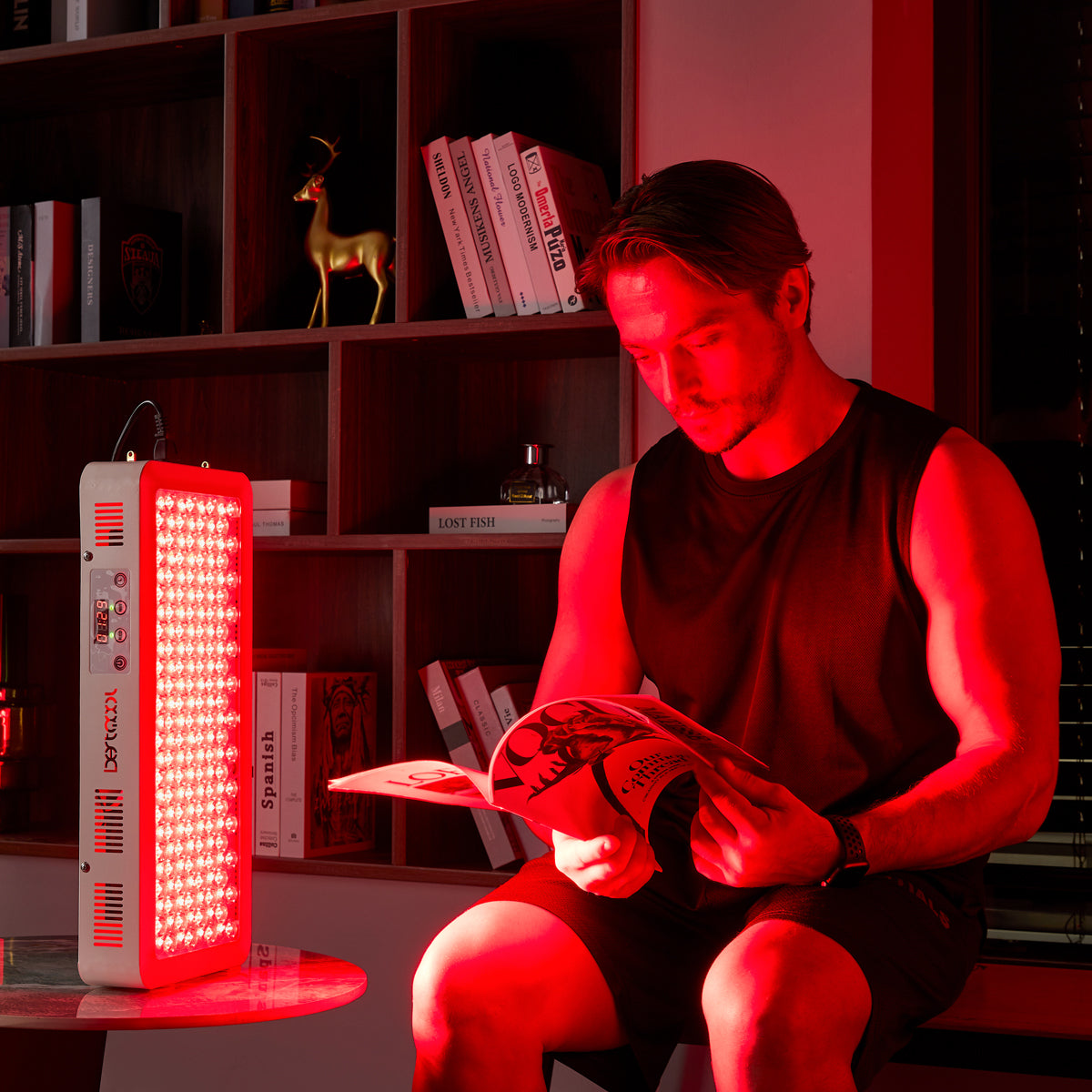A Comprehensive Guide to Choosing the Best Portable Red Light Therapy Device for Your Needs
Body
When it comes to selecting the best portable red light therapy device for your needs, there are several factors to consider. From understanding the benefits of red light therapy to evaluating the key features of different devices, this comprehensive guide will help you make an informed decision.

Understanding the Benefits of Red Light Therapy
Before delving into the selection process, it's essential to grasp the benefits of red light therapy. Also known as low-level laser therapy (LLLT) or photobiomodulation, red light therapy has been shown to promote tissue repair, reduce inflammation, and improve skin health. It can also aid in pain management and enhance muscle recovery. Understanding these benefits will help you determine the specific outcomes you aim to achieve with a portable red light therapy device.
Evaluating Key Features
When evaluating portable red light therapy devices, it's crucial to consider key features such as wavelength, power output, treatment area, and portability. The ideal wavelength for red light therapy is typically within the range of 630 to 850 nanometers, as this range has been found to be most effective in penetrating the skin and stimulating cellular function. Additionally, assessing the power output of the device is important, as higher power can result in more efficient treatment sessions. Consider the treatment area that the device covers, as well as its portability for ease of use.
Comparing Different Device Types
There are various types of portable red light therapy devices available, including handheld devices, panels, and full-body systems. Handheld devices are convenient for targeting specific areas of the body, such as the face or joints. Red light therapy panels offer a larger treatment area and can be positioned for whole-body therapy. Full-body systems provide the most comprehensive coverage and are suitable for professional or home use. Comparing these different types will help you determine which device best suits your needs.
Considering Safety and Quality
When choosing a portable red light therapy device, it's essential to prioritize safety and quality. Look for devices that have been FDA-cleared or CE-marked, as this indicates compliance with safety and performance standards. Additionally, consider the build quality and reputation of the manufacturer. Reading user reviews and seeking recommendations from healthcare professionals can provide valuable insights into the safety and quality of a particular device.
In conclusion, selecting the best portable red light therapy device for your needs requires careful consideration of the benefits of red light therapy, key features of the devices, different device types, and safety and quality factors. By following this comprehensive guide, you can make an informed decision that aligns with your specific therapeutic goals.










Comments